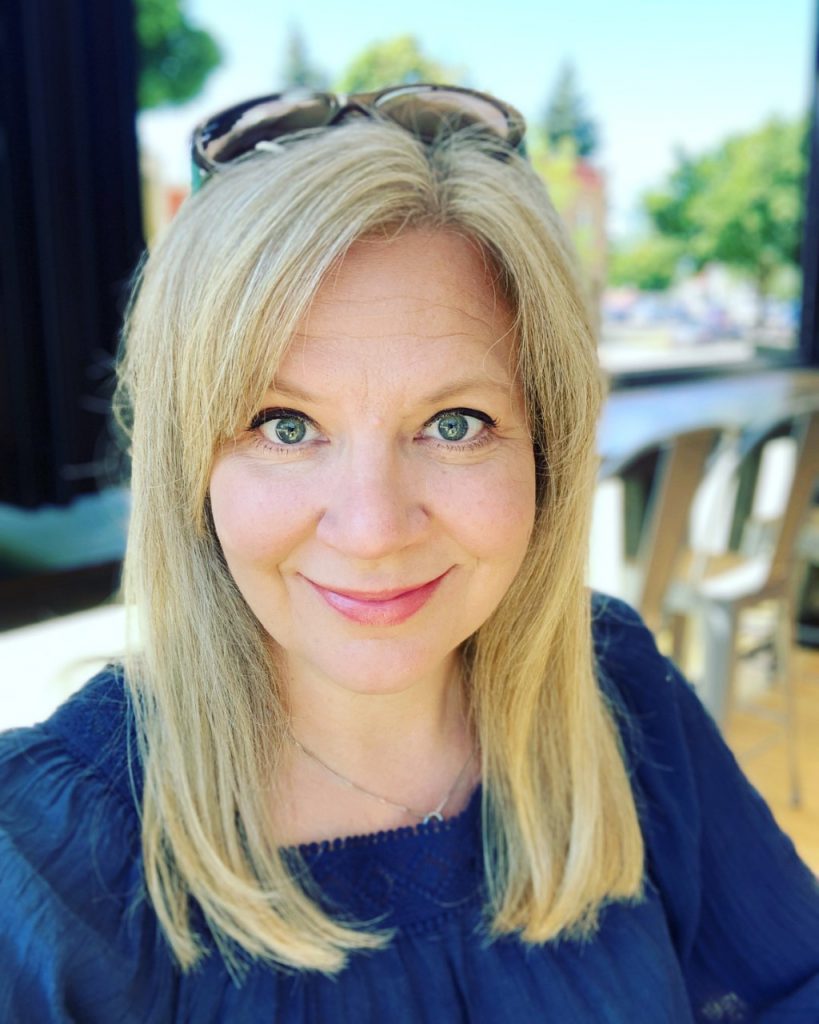One critique of the romance genre is that the happy endings hide everything that comes after—the often less than-happy reality of loving and building a life together. For folks who want to know what happens after the happily ever after, I have several suggestions for you. In Romancelandia, we love to categorize books by trope—common, recurring plots, character type, or other literary devices. This month’s novels fit the tropes of second chance love and/or marriage in crisis. These novels feature characters who previously had their happily ever after or happily for now, and have parted ways (second chance romance) and/or are fighting to stay together (marriage in crisis). Two recent novels deliver insightful commentary on the gender dynamics at play in heterosexual marriages.
The Bromance Book Club (2019), by Lyssa Kay Adams, is the first book in the Bromance Book Club series. This series centers on a group of powerful, accomplished men, mostly professional athletes, who read romance novels to improve their romantic relationships. This novel focuses on Thea and Gavin Scott; Gavin is a successful, professional baseball player, and Thea is a stay-at-home mom who dreams of completing her college degree and devoting more time to her art. The couple married quickly after meeting because of an unplanned pregnancy, which resulted in adorable and precocious twins Ava and Amelia. Now, after a huge misunderstanding centering on faked orgasms, Thea wants a divorce, and Gavin is desperate to save the marriage.
The novel cleverly uses a novel-within-a-novel framework to tell the story of Gavin and Thea’s journey; we read snippets of the historical romance novel Courting the Countess along with Gavin and his book club. Adams’ novel is meta in several ways, including the ways that the men discuss romance novels, relationships, and patriarchy, explicitly laying bare the work that the romance genre performs within its narrative pages. Both Courting the Countess and The Bromance Book Club show us the ways that backstory contributes to current problems, and both Gavin and Thea unpack their pasts to save their present. The novel showcases the pull of family relationship patterns, the impact of speech disorders, and the pressure of sexual performance as factors that threaten to break up this marriage. I especially love how Adams suggests that marital success can be bolstered by strong social networks and friendship, a counterpoint to ideas that marriage is private and insular. Adams’ novel makes the case for romance novels as feminist texts that people of all genders should read; the male characters are the ones making many of the most overtly feminist statements, which also drives home scholar bell hook’s point that feminism is for everybody.
Love Her or Lose Her (2020), by Tessa Bailey, is the second novel in the “Hot and Hammered” series, and shows us a working-class couple who have been together since middle school, grappling with the ways they are growing apart. Dominic, a veteran and construction worker, is an Alpha male who asserts his authority and believes that providing for Rosie is the best way to show his love. Over the course of the novel, he discovers the limits of stoicism and sexual power. Rosie, who currently works at a cosmetics counter in a department store, is ambitious and independent, though she has lost her self-determination and is stuck in routines that she hates. Through the encouragement of the Just Us League, a local women’s empowerment network, Rosie finds the courage to take back her life and live her dreams.
Love Her or Lose Her is super steamy, with explicit descriptions of sexual power play. The sex scenes are integral to the novel, as one of the issues within their marriage is how their incendiary sexual chemistry overshadows other forms of intimacy. Bailey uses Dominic’s assertive protectiveness to explore the ways that such actions can be deployed in healthy and/or unhealthy ways, which may be troubling for some readers. This novel has Rom Com elements, like Armie, the hippie relationship guru that Rosie and Dominic see for last ditch couple’s therapy. His unconventional methods are played for laughs, and yet the zany activities help Rosie and Dominic build a bridge back to each other. Armie uses Gary Chapman’s wildly popular relationship self-help book The Five Love Languages as a guiding framework for couple’s therapy, and the concepts of this best-seller in turn shape reader response to Rosie and Dominic. Reading the novel, I was uncomfortable with Dominic’s protectiveness, and the over-the-top therapy, which made me analyze more deeply how Bailey used these elements to raise important points about challenging entrenched gender roles, and being willing to be ridiculously vulnerable for the ones we love.

By Dr. Jessica Lyn Van Slooten
Jessica Lyn Van Slooten is an Associate Professor of English, Writing, and Women’s and Gender Studies at the University of Wisconsin Green Bay. She teaches courses on women writers, gender and popular culture, romance writing, and more. Jessica has published numerous articles on teaching and assessing gender studies courses, and popular romance fiction and film. She is currently drafting a romance novel set in a small midwestern town.
